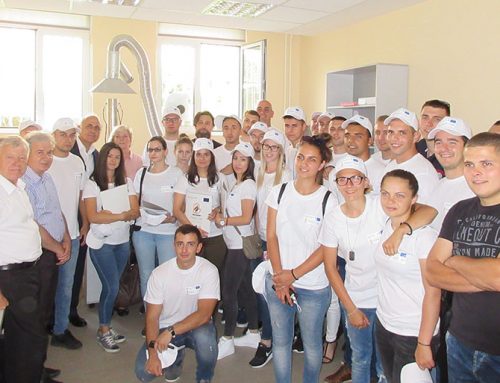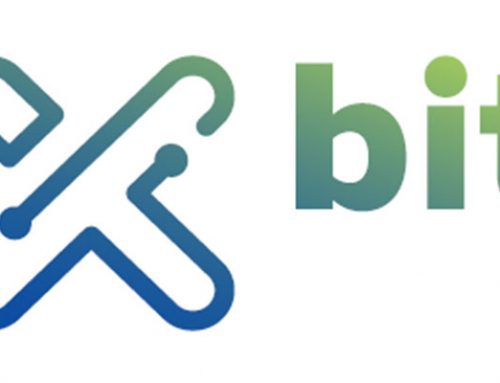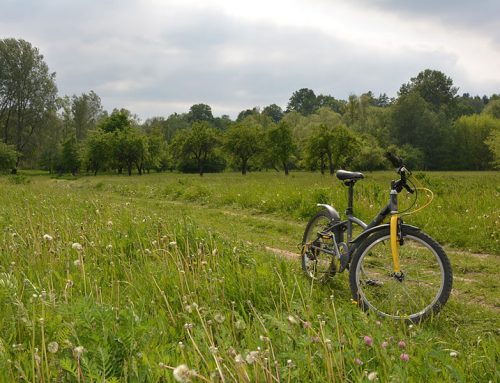The 2011 World Disability Report states that some 95 million children are living with a disability across the globe. According to UNICEF, the Serbian society has traditionally shown intolerance towards this group, with two thirds of children with disabilities not attending school. Clearly, public perceptions needed to change.
Instrument for Pre-accession Assistance (IPA)
IPA – ANINVESTMENTINUROPE.ANINVESTMENTINPEOPLE.
Started in May 2011, the “Developing Community- based Services for Children with Disabilities and their Families’ project aimed at changing such negative perceptions.
The EU-funded initiative saw 41 municipalities coming together under a grant scheme to establish 52 community services, including day care centres, home care services and respite care for children with disabilities and their families. These services were crucial for including the children in community life, developing their skills, and helping families stay together despite the obvious pressures.
I LIKE IT HERE MOST
At the opening of a respite centre in Knjazevac under the scheme, nine year old Stefan Ciric looked around him in excitement. He didn’t want to see the bedrooms but stayed in the living room showing everyone the computers. “I like it here most,” he said smiling.
Also at the centre were ten year old twins Iva and Milica Dzonic who managed to finish the third grade with excellent marks despite having learning difculties. Their teacher Snezana Djuric said of the pair: “These children should be appreciated for what they know and can do.”
POSITIVE ENERGY
Public events such as “The Play Day” that was hosted by renowned radio presenters Gorica and Dragan gave all children the opportunity to play together and through fun and interaction learn to accept each other. The underlying message here was to support children in communicating with their peers, and encourage them to learn diferent skills from each other.
“These amazing kids filled me with positive energy. More parents should encourage their children to participate and embrace diversity in all its forms,” said Dragan at the event’s conclusion.
Una, a disabled girl, appeared in one of the ten shortfilmsandinaTVadvertisementthatdepicted her everyday life playing with her best friend and interacting with her mother. This experience no doubt helped Una but also challenged people’s attitudes towards the disabled.
With an impressive 84.9 % of the target population, or 5 million people, watching the television spots at least once, this year-long project has gone some way to breaking down the public’s misconceptions by promoting the concept of social inclusion and presenting positive practices.
It has also built a more positive image of children with disabilities who, like Una, Stefan, Iva and Milica, have a financial, physical, human and social capital and should have opportunities to use it.
PROJECT DETAILS – Awareness Raising and Media Campaign for the Social Inclusion of Children
with Disabilities in Serbia
Partners:
Ministry of Labour and Social Policy, Serbia
Bernard Brunhes International, France (Coordinator)
Business and Strategies in Europe, Belgium
CARE Österreich, Austria
Initiative for Inclusion VelikiMali, Serbia
Total cost in €: 3 million
EU Contribution in €: 3 million (100 %)
Start date: May 2011
End date: May 2012
Results: New community services,
challenged pre-conceptions
Techniques: Grant schemes, capacity building,
media outreach, public events
Website: http://www.svadeca.rs



